You can bake delicious focaccia using five effective sunlight methods. The Solar Box Oven offers a simple pizza-box conversion that traps heat up to 200°F, while the Parabolic Solar Cooker uses reflective panels to concentrate sunlight for higher temperatures. The Solar Panel Reflector provides a customizable setup with aluminum foil and plastic wrap, and the Glass Dome method creates an ideal environment for perfect crust development. For quick results, the Fresnel Lens System can bake your focaccia in just 5 minutes. Each technique brings its own advantages to help you harness the sun's power for authentic Italian bread-making.
Solar Box Oven Method

A simple pizza box can transform into a surprisingly effective solar oven for baking focaccia. You'll need to modify the box by cutting a flap in the lid and lining it with aluminum foil to direct sunlight into the box.
Cover the opening with plastic wrap to create a greenhouse effect, and line the bottom with black construction paper to absorb heat. Rolled-up newspaper sheets can be added between layers for extra insulation.
You'll want to prop the lid at a 90-degree angle using a wooden skewer, positioning the oven to catch direct sunlight. For best results, bake your focaccia when it's above 75°F outside and the sun is strong.
You'll need to monitor the internal temperature with a thermometer – it can reach up to 200°F on sunny days, though cooking will take longer than in a conventional oven.
To guarantee even baking, rotate your focaccia every 10-15 minutes and reposition the oven to follow the sun's path.
While weather conditions will affect performance, you can expect the focaccia to bake slowly but steadily.
Keep the box sealed with clear tape to maintain consistent temperature, and use shipping tape or electrical tape to secure all components firmly.
Parabolic Solar Cooker Setup
While solar box ovens offer a gentle approach to baking, parabolic solar cookers harness the sun's power more intensely.
An open area is essential for proper cooker assembly and operation.
You'll need to assemble your cooker carefully, starting with the tripod base. Connect the three legs to the center plate using 14mm bolts and secure them tightly with nuts.
To create the signature parabolic shape, you'll attach six reflective dish sections side by side using 10mm nuts and bolts. Skip the third hole from the center during assembly.
Mount the expansion pipe between the T-bar bracket's tabs with a 14mm bolt, and use the pipe ring for added stability.
For baking focaccia, you'll need to position a black-painted pot at the focal point where the sun's rays concentrate. Using a recycled bicycle rim as a pot holder will help maintain stability.
Remember to wear protective goggles with dark lenses whenever you're working with the cooker.
You'll need to adjust the cooker's position throughout the baking process to track the sun's movement. This guarantees your focaccia receives consistent heat.
The parabolic design maximizes solar energy concentration, making it more powerful than box ovens for bread baking.
Solar Panel Reflector Technique

Transform your pizza box into an effective solar panel reflector by creating a custom flap design. Cut a precise flap in the box's lid, leaving about an inch border on three sides. Cover the underside of this flap with aluminum foil, ensuring it's smooth and securely taped to maximize sunlight reflection into your cooking chamber.
You'll need to seal the box's opening with plastic wrap, creating a transparent barrier that lets sunlight in while trapping valuable heat. Secure the wrap tightly with clear tape, eliminating any air gaps that could reduce efficiency.
Place black paper at the bottom of your box to absorb and retain heat effectively. Your dough will need to reach 425-450 degrees for traditional focaccia baking, which isn't achievable with this method, but you can still create a unique bread variant.
For ideal focaccia baking, you'll want to position your reflector at an angle that directs maximum sunlight onto your dough. You're aiming for internal temperatures between 125°F and 200°F, so adjust the flap accordingly throughout the cooking process.
Place your focaccia in a glass dish or heavy-duty plastic bag, and remember to rotate it every 10-15 minutes for even cooking. As you monitor the baking process, reposition your solar panel reflector to track the sun's movement, maintaining consistent heat exposure.
Glass Dome Baking Process
Once you've selected a suitable glass dome for your solar focaccia setup, creating the ideal baking environment becomes crucial for success. You'll need to carefully monitor three key factors: temperature, light exposure, and humidity. Maintain temperatures between 425°F and 450°F using a reliable thermometer, and verify your dome doesn't overheat by adjusting its position relative to the sun.
| Time | Temperature | Action Required |
|---|---|---|
| Morning | 350-400°F | Position dome in direct sunlight |
| Midday | 425-450°F | Monitor closely, adjust ventilation |
| Afternoon | 400-425°F | Maintain steady temperature |
| Evening | Below 400°F | Consider finishing in conventional oven |
During the baking process, you'll want to keep the dough in a humid environment to prevent it from drying out. Cover it with a damp cloth during the initial rise, then transfer it to your glass dome for the second rise. Before baking, dimple the dough and add your preferred toppings. You can enhance the rising process by positioning the dome in filtered sunlight, but avoid intense midday sun that could damage your bread's texture.
Fresnel Lens Focaccia System
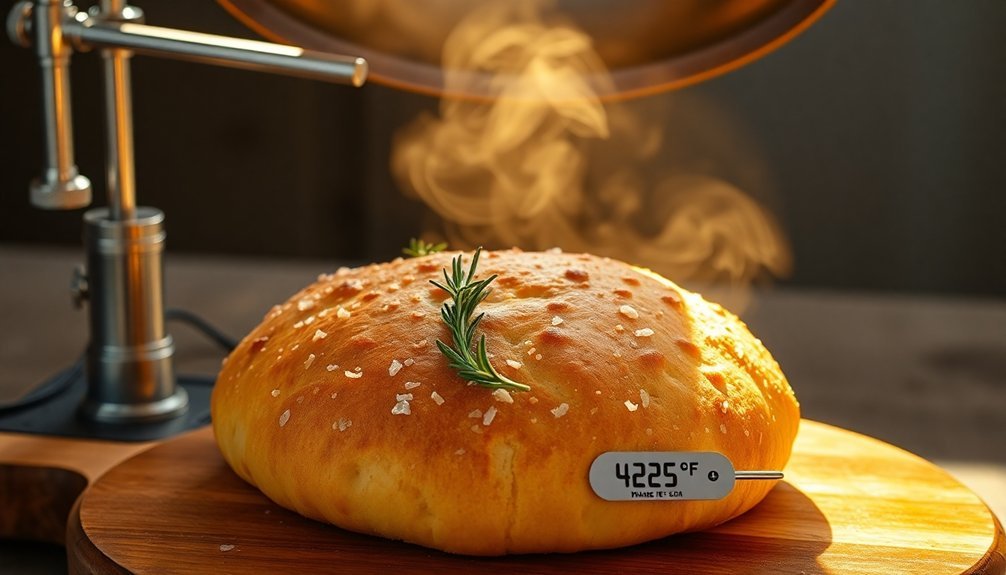
A Fresnel lens system offers an innovative approach to baking focaccia using concentrated sunlight. With its concentric ring design, this lightweight lens can focus parallel sunlight rays onto a small area, generating temperatures over 700°F – perfect for baking bread.
You'll find these lenses available in various materials, including plastic, acrylic, and polycarbonate, making them easy to handle and transport.
To set up your solar focaccia system, you'll need to mount the Fresnel lens on an adjustable frame. Position a cast iron skillet at the focal point, typically around 42 inches from the lens, to guarantee even heat distribution. You can use a bacon press or panini press to help spread the heat uniformly across your focaccia dough.
When using this system, you'll need to take essential safety precautions. Always wear protective gear, as the concentrated sunlight can cause severe burns. Keep the lens clean and regularly inspect it for damage to maintain peak performance.
With proper setup and monitoring, you can efficiently bake focaccia in about 5 minutes, making this an effective solar baking method.
Frequently Asked Questions
Can Morning Dew Affect the Solar Baking Process for Focaccia?
Yes, morning dew can affect your solar baking. It'll moisten your dough and baking surface, potentially disrupting proper crust formation. You'll need to wait for the dew to evaporate before starting your bake.
Does Altitude Change the Required Sunlight Exposure Time?
Yes, you'll need longer sunlight exposure at higher altitudes since the fermentation process is slower. At higher elevations, you should expect to add 30-50% more time for proper dough development.
Which Direction Should the Baking Setup Face for Optimal Results?
You'll want to position your baking setup facing east or west to get indirect sunlight. Avoid south-facing windows during peak hours, and use sheer curtains to filter strong light if needed.
How Does Cloud Coverage Impact Temperature Consistency During Baking?
Cloud cover acts as a natural temperature regulator: it'll reflect sunlight to prevent overheating during the day, while trapping heat at night. You'll experience more consistent temperatures, which helps maintain steady baking conditions.
What Safety Precautions Are Needed When Using Reflective Surfaces Outdoors?
When using reflective surfaces outdoors, you'll need to wear sunscreen, protective eyewear, and avoid directing reflections at others. Keep surfaces clean, maintain safe distances, and don't leave reflectors unattended in direct sunlight.
In Summary
You've now learned five innovative ways to harness the sun's power for baking focaccia. Whether you're using a simple solar box oven or experimenting with a complex Fresnel lens system, you'll find that solar baking produces uniquely textured bread with a perfectly crispy crust. Don't let cloudy days discourage you – with practice and patience, you'll master the art of solar-baked focaccia and reduce your carbon footprint while creating delicious bread.

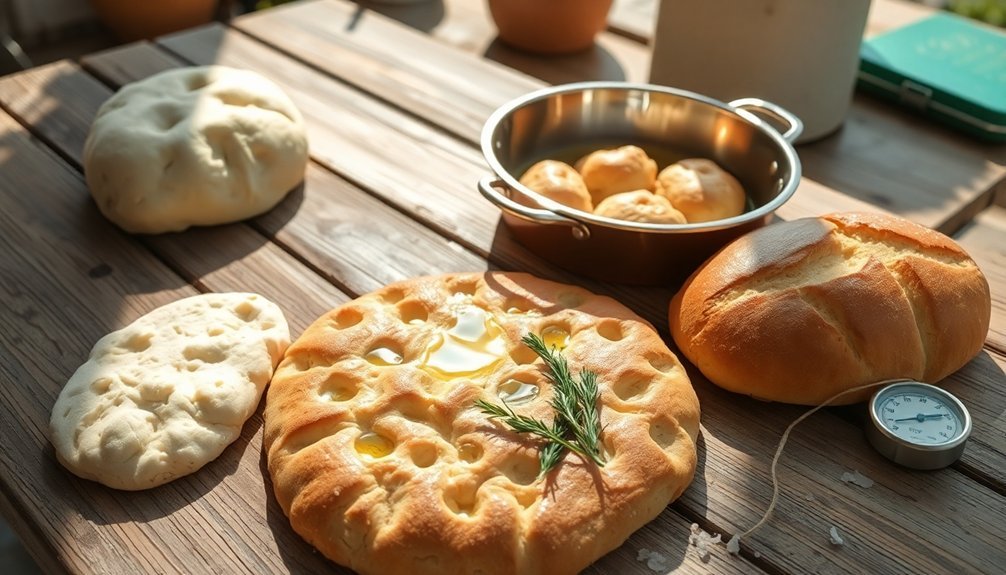
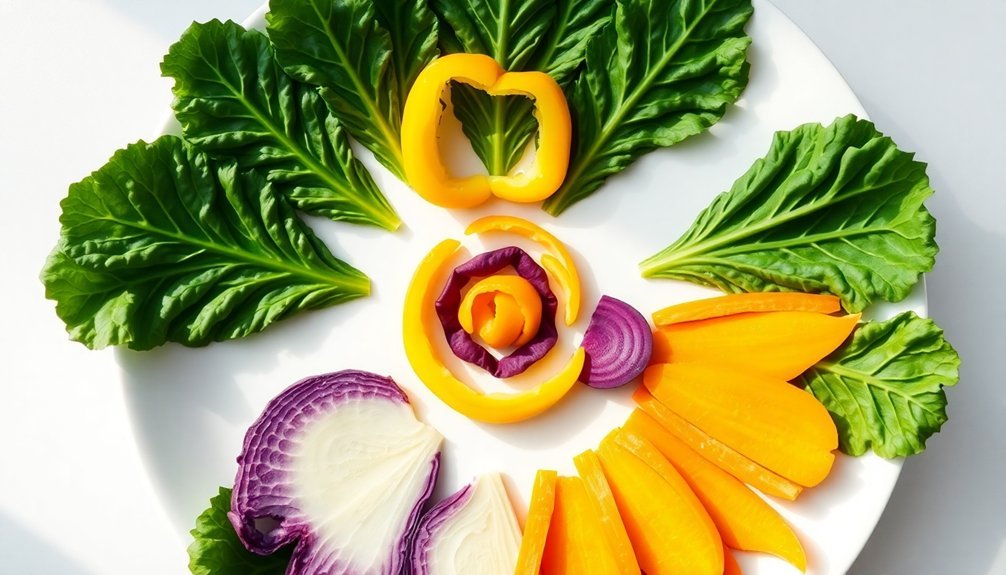
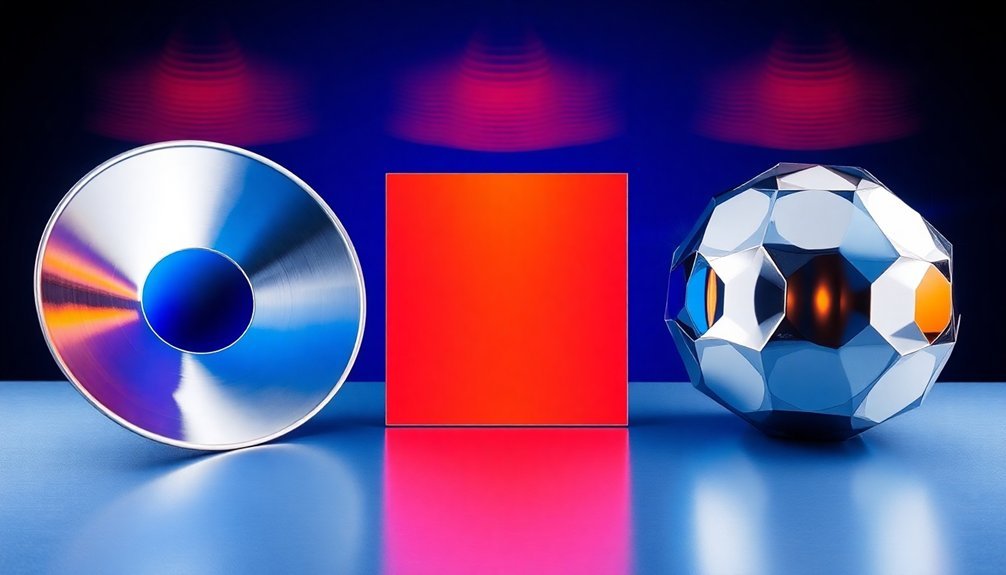
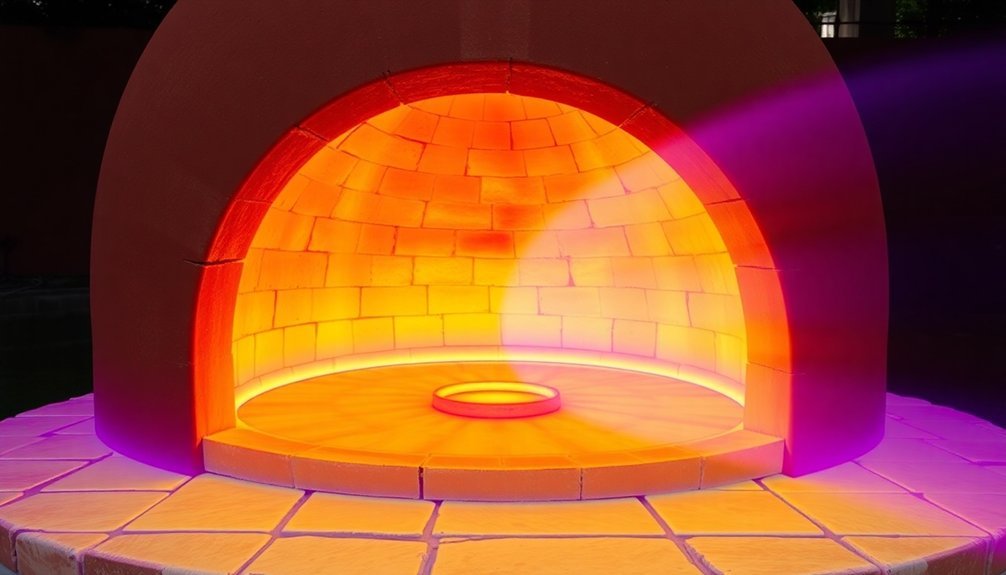
Leave a Reply